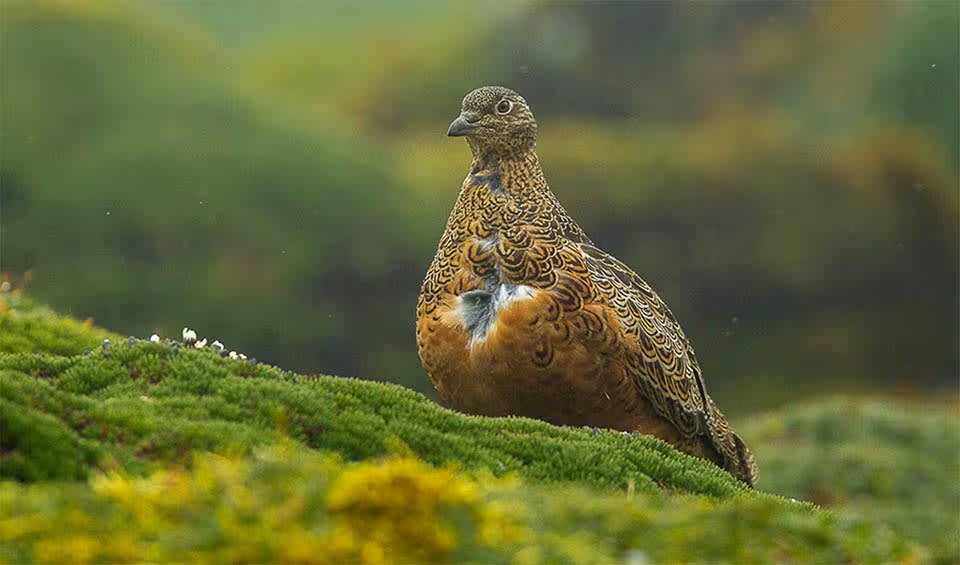A fascinating bird species that is endemic to the Neotropical region, making its home in areas that people rarely visit. Despite its elusive nature, this species can be found throughout the year in its natural habitat, which varies from cold, glacier-covered areas with snow to warmer regions during different seasons.
During the colder months, Rufous-bellied Seedsnipes are often found near glaciers and snow-covered landscapes, where they have adapted to thrive in the chilly conditions. However, as the weather warms up, these birds may form flocks and move to lower elevations, where they can be seen foraging for food.
The diet of the Rufous-bellied Seedsnipe primarily consists of thorny plants, plant debris, and seeds. To access their preferred food sources, they utilize their specialized beaks to pluck small buds and green leaves from plants. They are known for their distinctive foraging behavior, which involves walking slowly and methodically while snapping their wings and maintaining a low, crouched stance to efficiently search for food. Once they find their meal, they swallow it whole, ensuring that no part goes to waste.
In terms of habitat preference, the Rufous-bellied Seedsnipe tends to inhabit areas at relatively high elevations, typically above 1000 meters (3280 feet) and sometimes even higher. They are particularly drawn to well-watered areas that receive nourishment from melting snow, providing them with the resources they need to thrive in their mountainous environment.
Distribution
 Argentina
Argentina Bolivia
Bolivia Chile
Chile Ecuador
Ecuador Peru
PeruAnything we've missed?
Help us improve this page by suggesting edits. Glory never dies!
Suggest an editGet to know me
Terrestrial / Aquatic
Altricial / Precocial
Polygamous / Monogamous
Dimorphic / Monomorphic (size)
Active: Diurnal / Nocturnal
Social behavior: Solitary / Pack / Herd / Flock
Diet: Carnivore / Herbivore / Omnivore / Piscivorous / Insectivore
Migratory: Yes / No
Domesticated: Yes / No
Dangerous: Yes / No




